

Sciatica is a common condition that affects up to 40 percent of people. In the United States, it affects approximately 1 in 10 adults. This condition is most prevalent in people between the ages of 25 and 45. Sciatica is characterized by a shooting pain that originates in the lower back and travels down through the hip, buttock and back of the leg. The pain can be so severe that it inhibits mobility and can prevent people from working, taking care of their home, or just enjoying their life. Traditionally, doctors have treated the condition with medications and some invasive therapies, but chiropractic care for sciatica has been found to be extremely effective in alleviating the pain and curing the condition.
Most cases of mild sciatica heal on their own. However, when sciatica doesn’t resolve on its own, it can lead to chronic pain and muscle weakness. Medical treatment options generally include:
Some people with sciatica seek treatment outside traditional medical care. Chiropractic care is a popular natural treatment for sciatica. It can relieve pain without medication and is generally considered a safe treatment option.
Sciatica is a back pain that is triggered when your sciatic nerve becomes pinched. Your sciatic nerve travels from your lower back, past your hips, and down each leg. Sciatica pain can occur anywhere along this path and is often felt throughout the entire length.
Sciatica is a condition that affects the lower back, specifically pain that travels along the sciatic nerve path. This path originates in the lower back and extends down each side of the hip, buttocks, and down the leg to the feet. Usually, only one side is affected during a case of sciatica.
Sciatica commonly occurs when there is a spinal condition, such as a bone spur on the spine, a herniated disk, or when a condition like spinal stenosis (narrowing of the spine) compresses the nerve. The result is pain, inflammation, numbness, and stiffness in the leg that is affected.
While sciatica pain can be severe, the condition is often resolved in a matter of weeks without surgical intervention. Some doctors may suggest surgery if the patient experiences extreme weakness in the leg or has problems with their bowel or bladder.
Usually, doctors will prescribe medication to treat the pain and relax the muscles that surround the sciatic path to provide the patient with some relief.
Most people only experience sciatica on one side of their body. The pain can be mild or severe. The pain can be felt as an electric shock or as deep aching pain. It can also cause your affected leg and foot to feel numb or weak.
The most common cause of sciatica is a herniated disk in your spine that presses on the sciatic nerve. It can also occur when a bone spur presses on the nerve or when your spine is narrowed and puts pressure on the nerve.
Sciatica often resolves on its own. When it doesn’t, then you should seek medical attention. Left untreated, some cases of sciatica can lead to permanent damage to your sciatica nerve. This could cause you to lose feeling in your affected leg or even lose control of your bowel and bladder.
Chiropractic care for sciatica has been shown to be very effective in treating sciatica by helping the body heal itself. It’s non-invasive and doesn’t use medications, making it an optimal choice for many patients.
There are various treatments that a chiropractor may use or recommend. They may be used alone or in conjunction with other therapies.
A chiropractor may incorporate exercises and nutritional recommendations into their treatment for sciatica. This often depends on the severity of the condition, the patient’s individual needs, and their lifestyle and habits.
A variety of chiropractic techniques may also be used to treat sciatica. Since every patient is different, the chiropractor will talk with you to better understand what you do on a day-to-day basis and what may be causing your sciatic pain. From there the chiropractor will treat the problem from your perspective, seeking the best, most effective approach.
Chiropractic care for sciatica is considered a holistic healthcare method. This means that it focuses on care for your whole body and not just the specific area of your pain. A chiropractor will ask you about your pain as well as your health history at your first appointment. This helps them develop a specialized treatment plan for you.
You might also have X-rays taken, so the chiropractor can understand what exactly is causing your pain. For example, an X-ray might show that your spine is narrowed and pinching your sciatic nerve.
Chiropractic care for sciatica involves stretching and applying controlled pressure to your joints. The chiropractor might recommend specific exercises for you to do at home to help with your pain. Some may also provide nutrition and wellness education that can help relieve your symptoms.
You will generally need to see a chiropractor multiple times before you begin to get relief from sciatica.
If you are not sure about chiropractic care but want to treat your sciatica naturally, you have options. You can help ease your sciatica pain at home in several ways.
Some suggestions for natural relief include:
Mild cases of sciatica often resolve on their own. When the pain doesn’t resolve quickly, you should seek medical care as soon as possible. Contact your doctor if your sciatica pain:
A chiropractor might be able to help relieve sciatica pain. Using spinal manipulation techniques and other natural practices, chiropractors can help relieve the pressure on your sciatic nerve.
While there is a need for more research on the effectiveness of chiropractic for sciatica, many people report finding relief after visiting a chiropractor. Chiropractic care is generally considered safe, and there are very few risks to trying this treatment method.
It is also important to know when to seek medical evaluation and care for your sciatica symptoms. If not treated, long-term pressure on the sciatic nerve can cause serious problems like leg numbness and incontinence.
If you or a loved one is suffering from sciatica, please visit or contact Advanced Health Solutions – GA Spine & Disc. We provide high-quality, safe, and effective chiropractic care for sciatica, which is a holistic approach to treating sciatica.
Do suffer alone! Chiropractic care for sciatica can help you get the relief you need. Call us today at (770) 926-9495 or contact us online to book an appointment now.



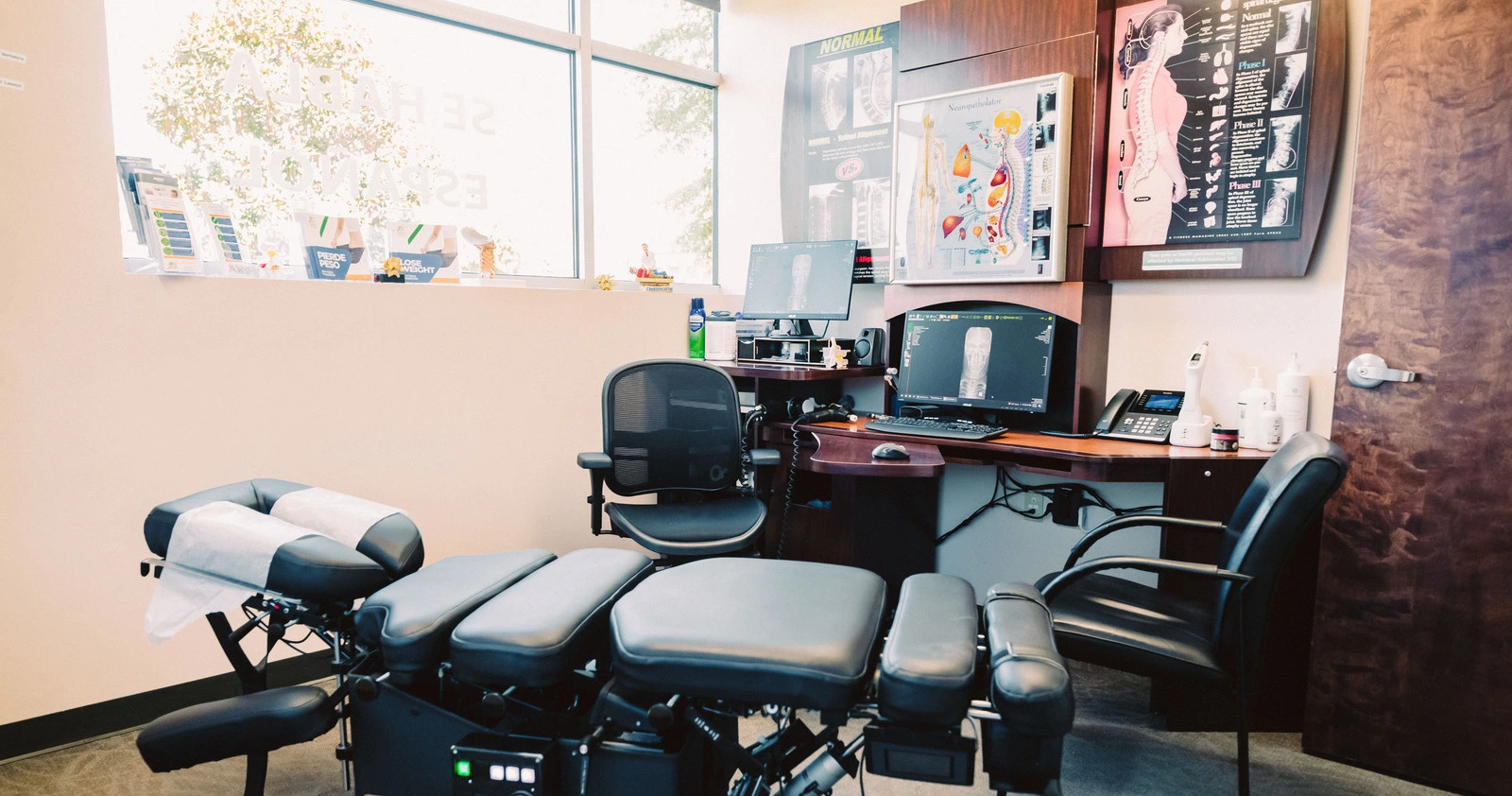




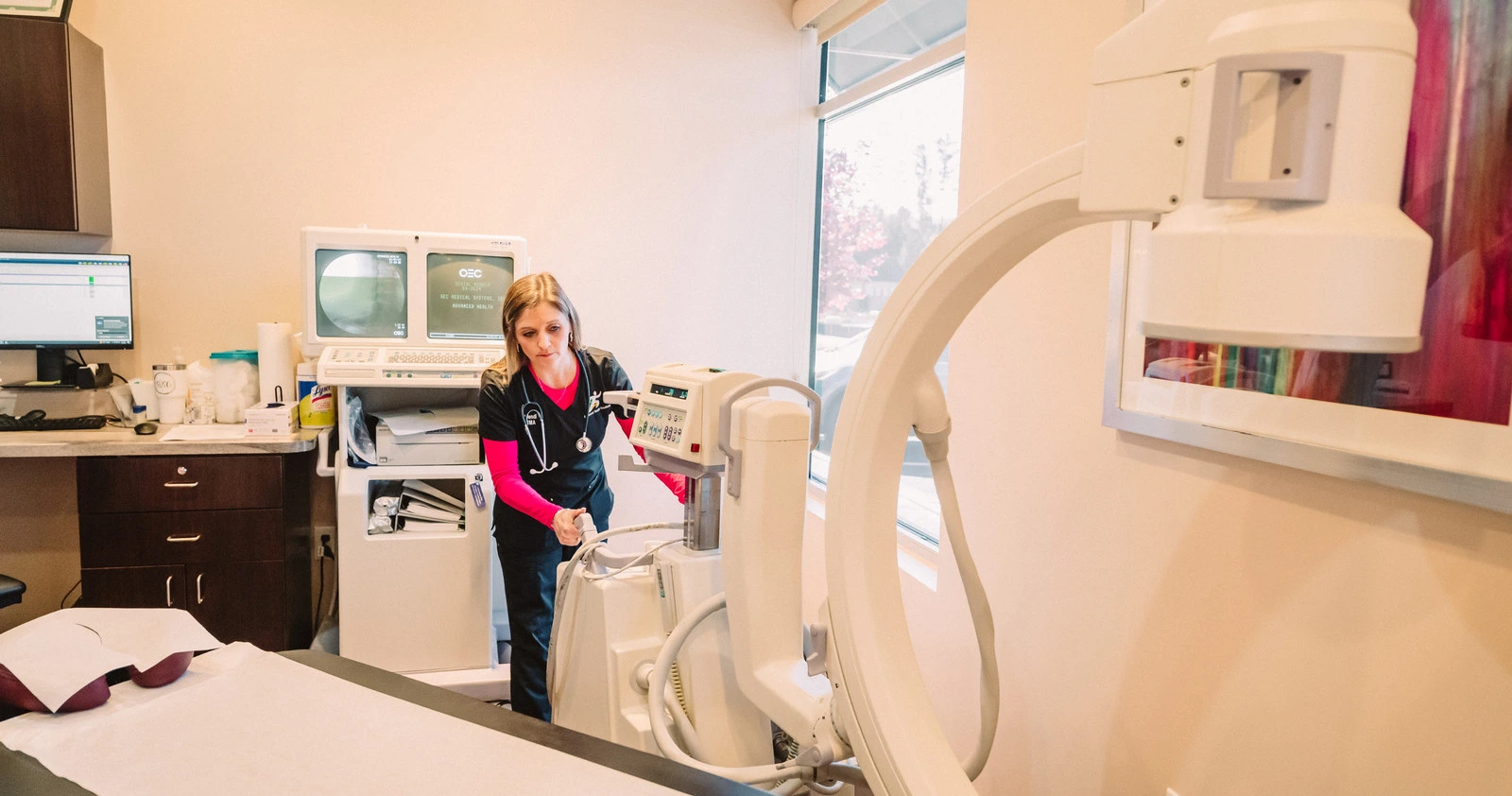

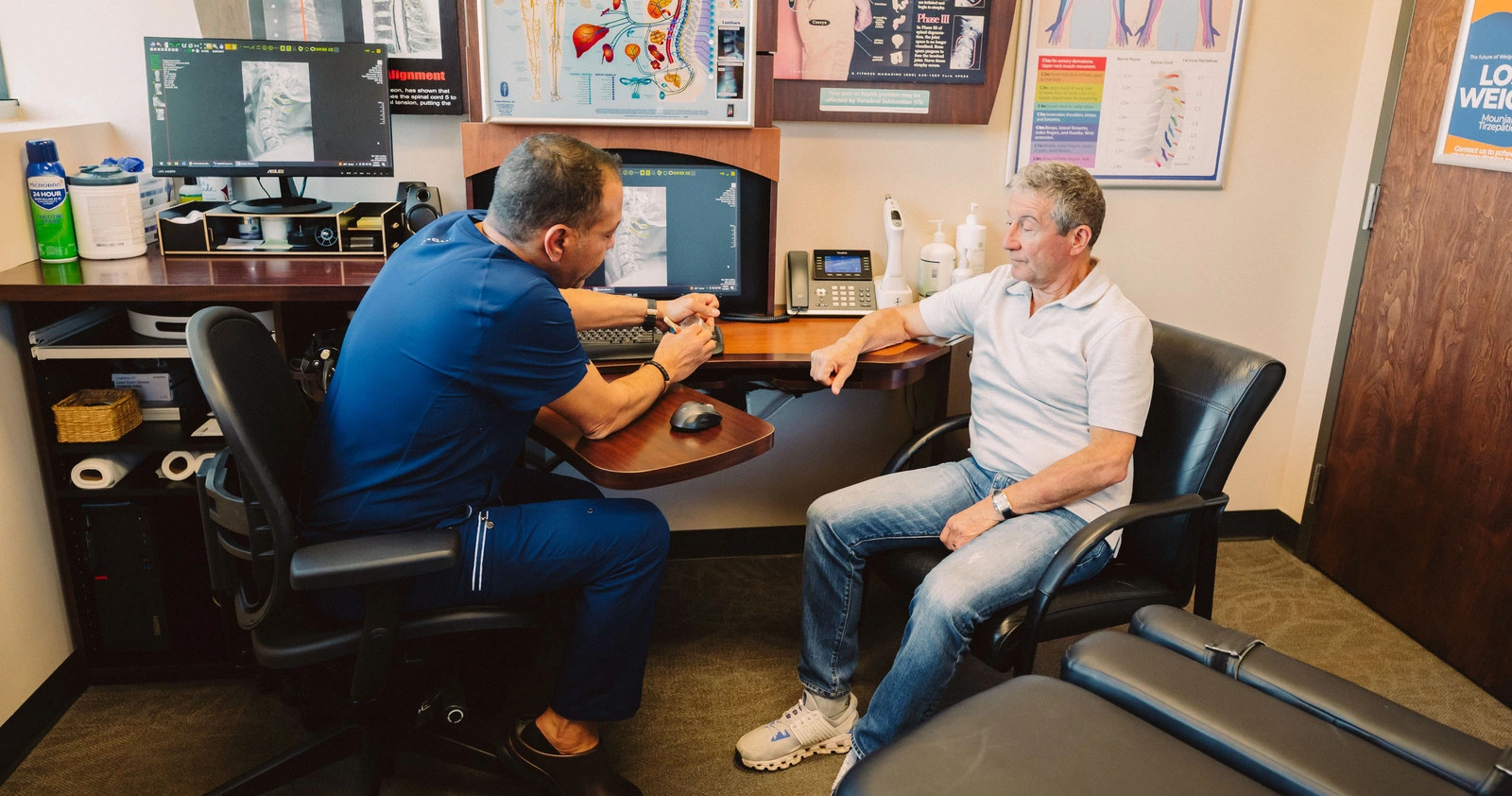



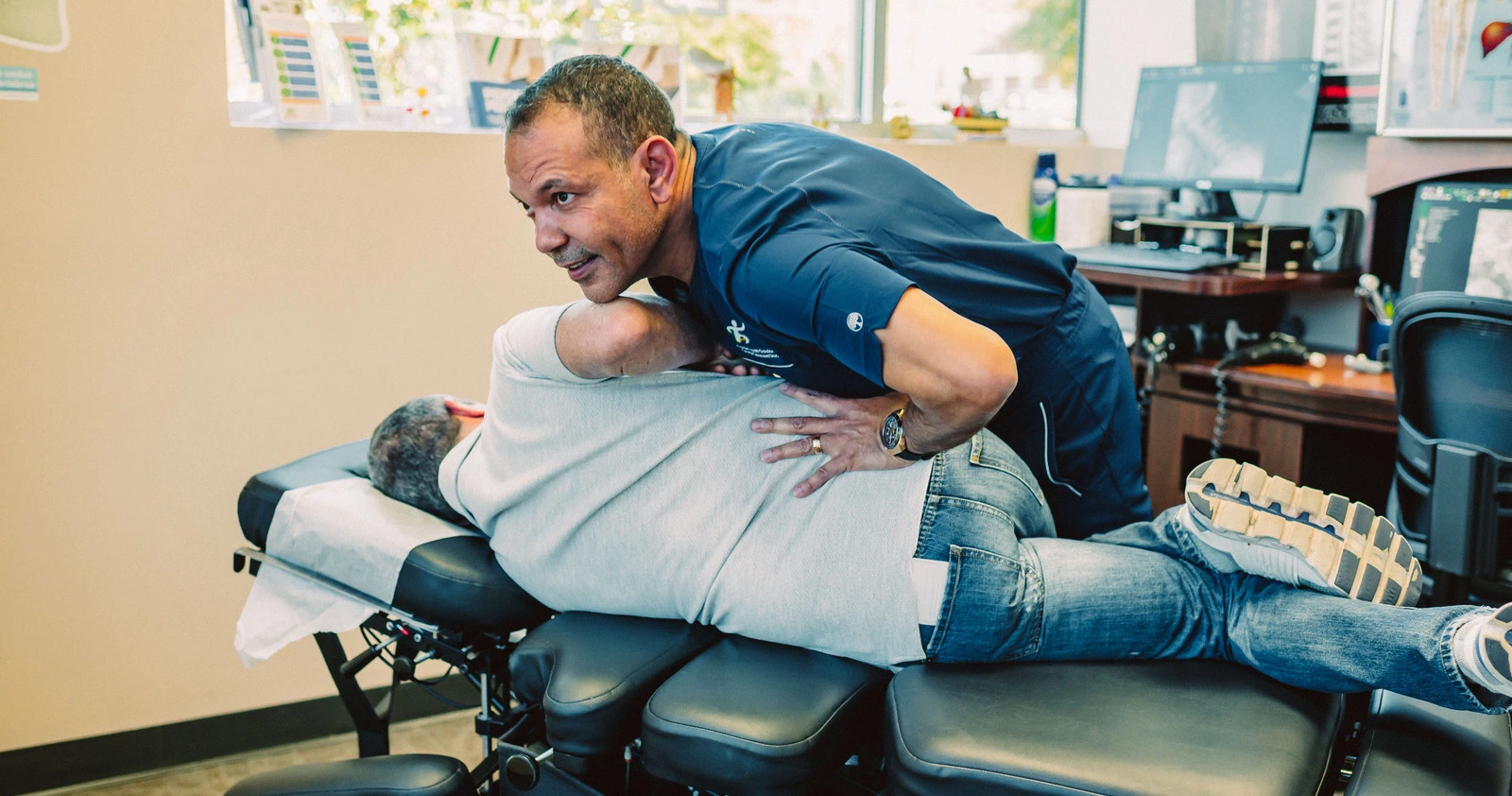
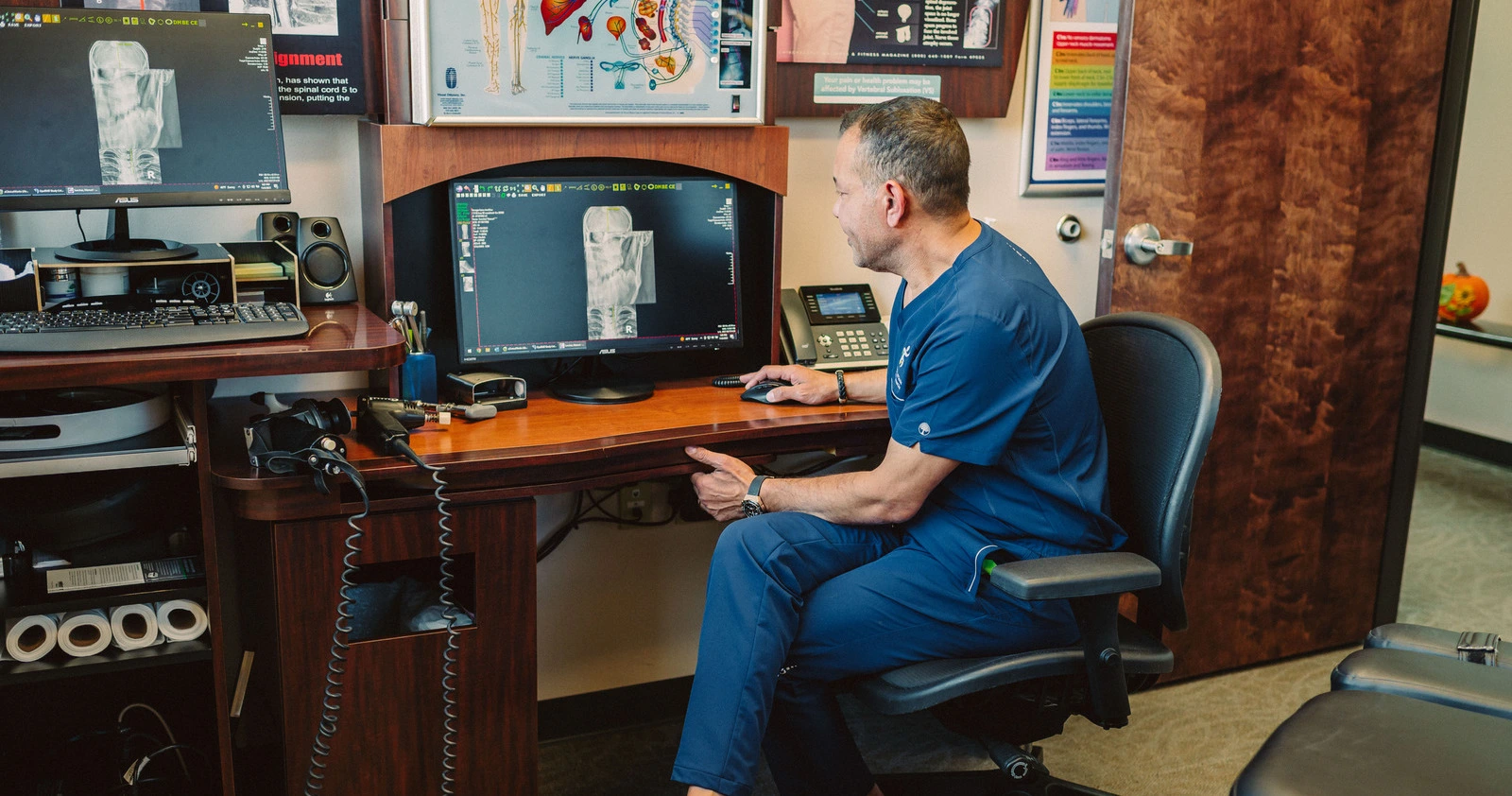

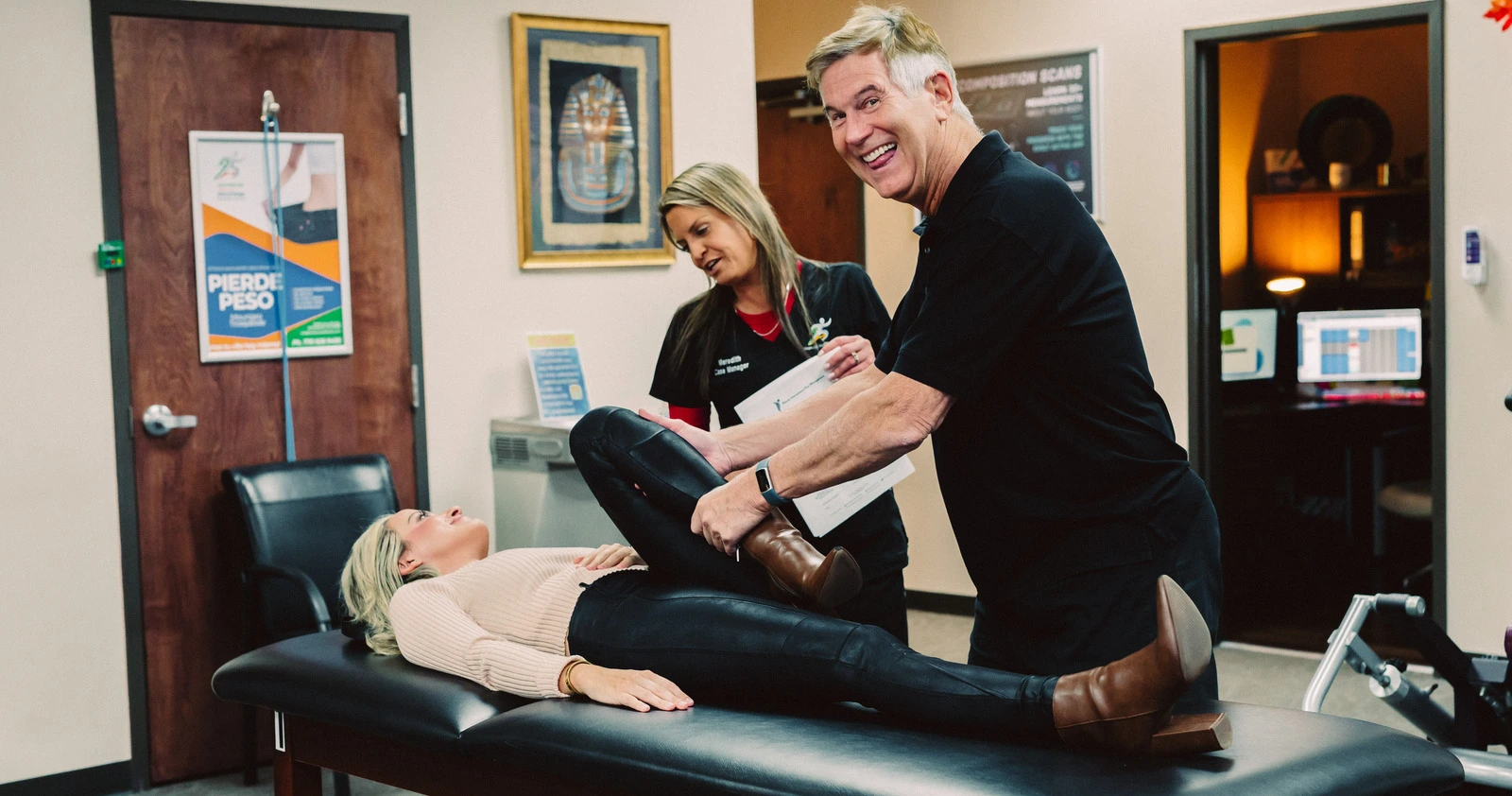



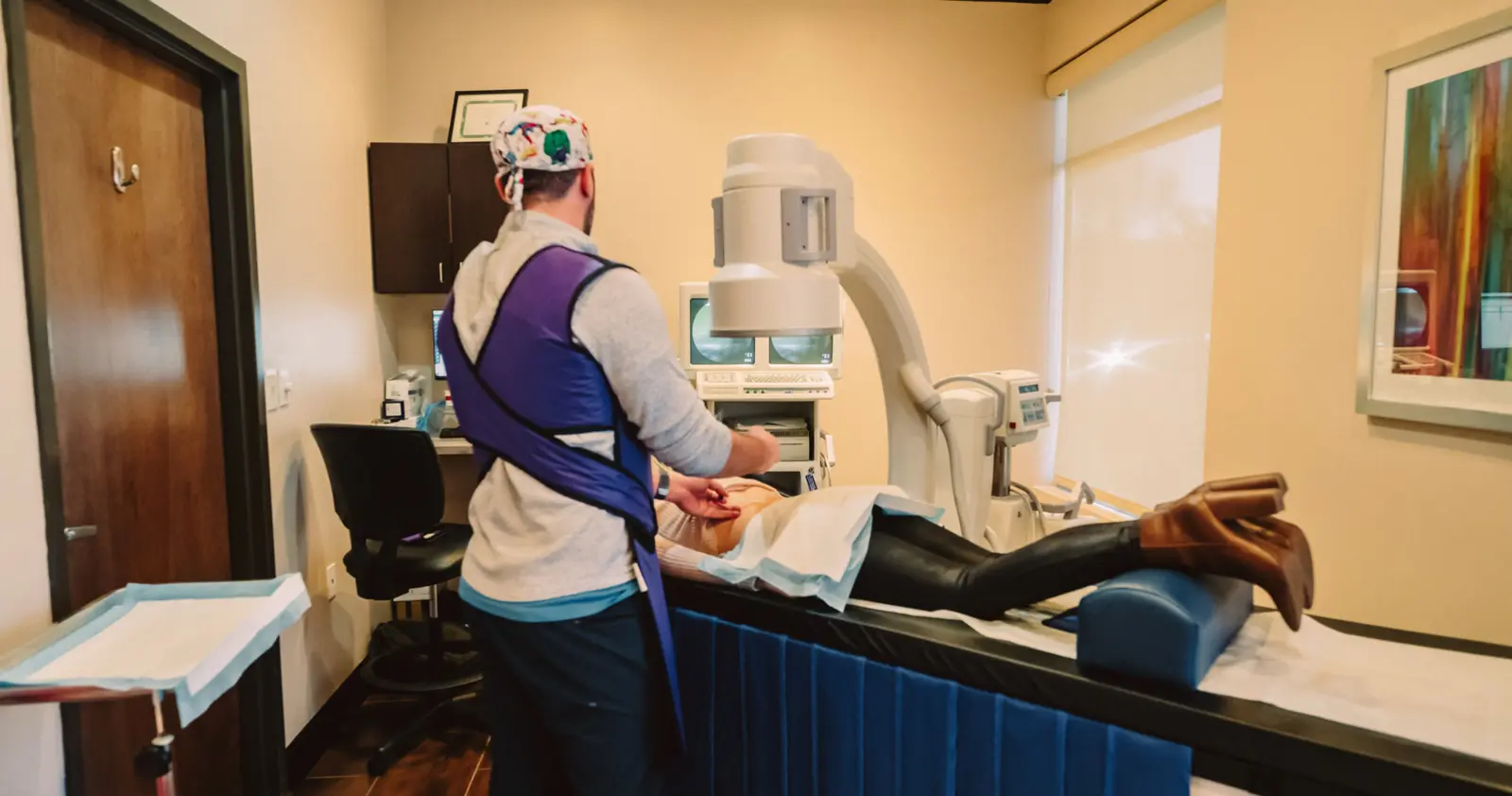

Our medical clinic offers a wide range of services, including primary care, specialty care, preventive care, diagnostic testing, chiropractic, physical therapy, and more. We strive to provide comprehensive and personalized healthcare to our patients.
Our medical professionals are highly trained and experienced in their respective fields. We have a team of doctors, nurses, specialists, and support staff who are dedicated to providing quality care and ensuring the well-being of our patients.
Our clinic(s) are conveniently located in a central area, with easy access to public transportation and ample parking facilities. We understand the importance of accessibility and strive to make it convenient for our patients to reach us. See all locations
We take pride in our high patient satisfaction rates and positive outcomes. We regularly collect feedback from our patients to continuously improve our services and ensure we meet their expectations. Read Our Reviews
We strive to work with a wide range of insurance providers to ensure that our services are accessible to as many patients as possible. We also offer flexible payment options and financial assistance programs to make healthcare affordable for our patients.
The purpose of this visit is to assess your symptoms, diagnose any potential conditions, and provide appropriate treatment or recommendations. Your healthcare provider will outline the recommended treatment plan, which may include medications, lifestyle changes, therapies, or referrals to specialists, depending on your condition.
In addition to our core medical services, we may offer additional benefits such as extended hours, online appointment scheduling, electronic medical records, and patient education resources.


We are a Multidisciplinary Clinic with over 75 years of Combined Experience